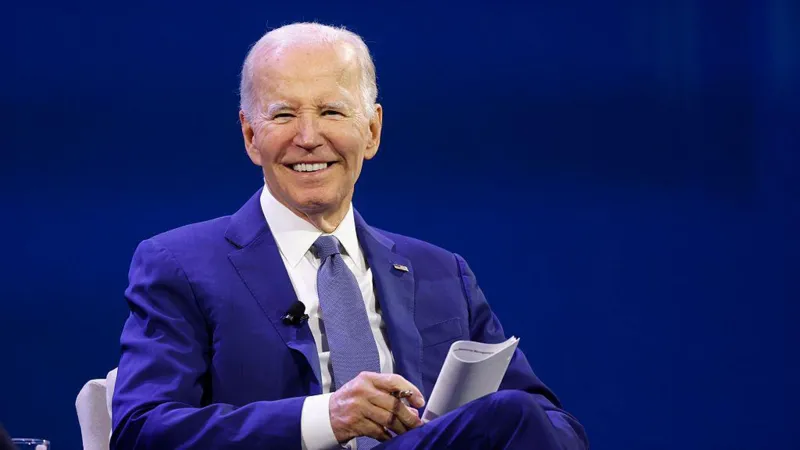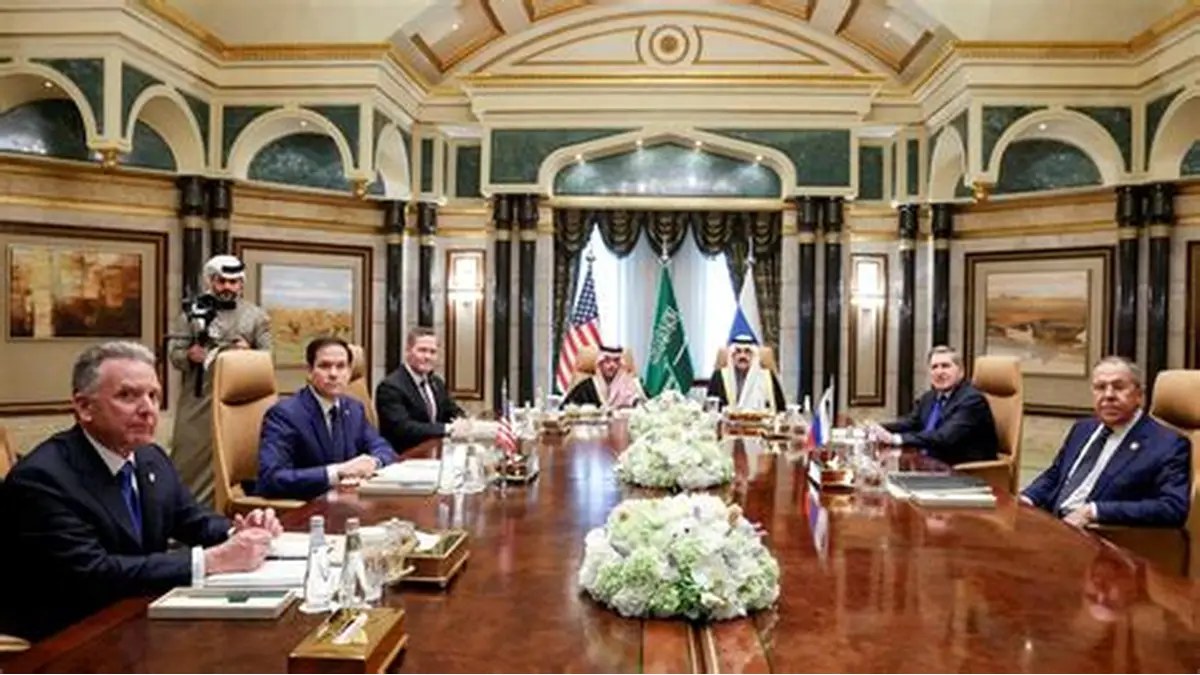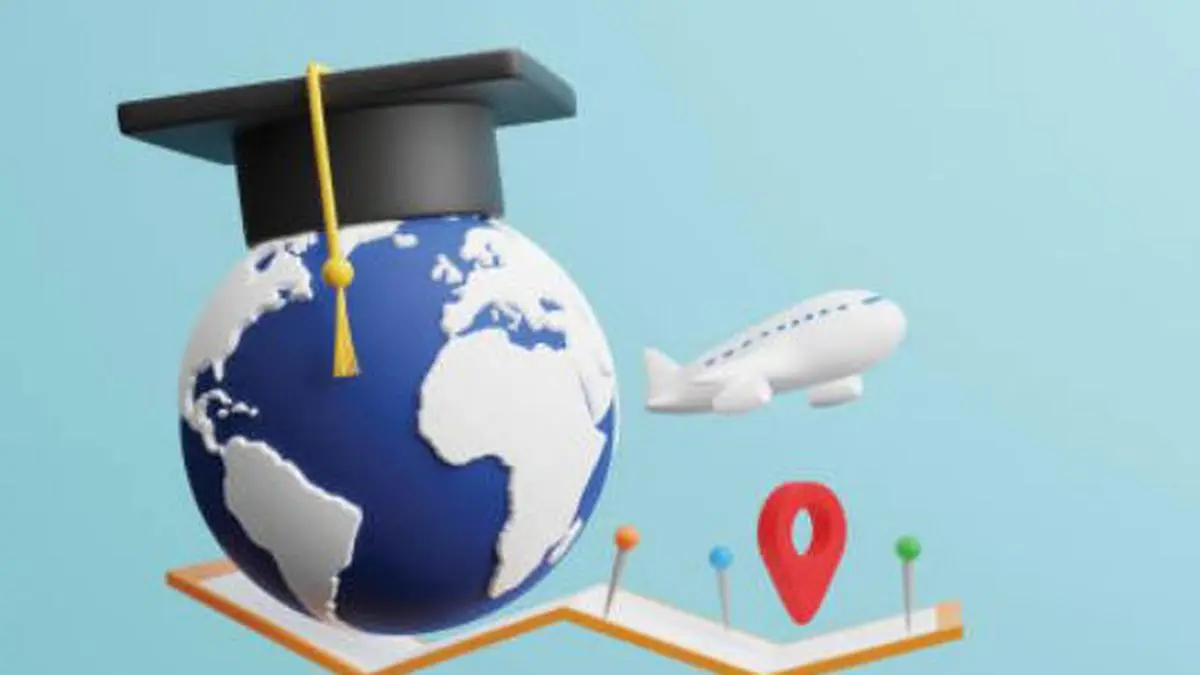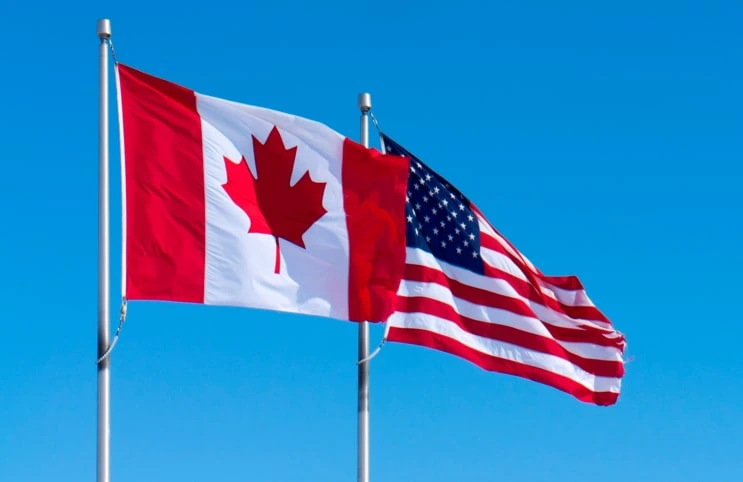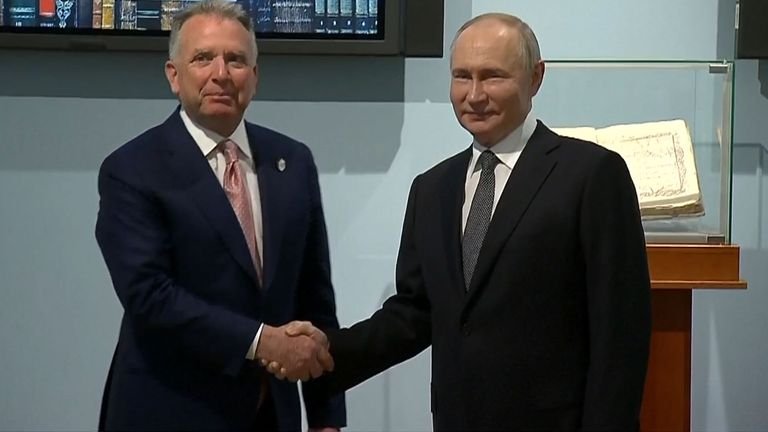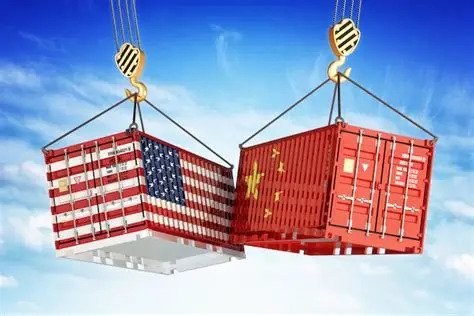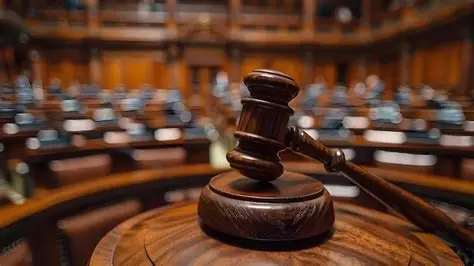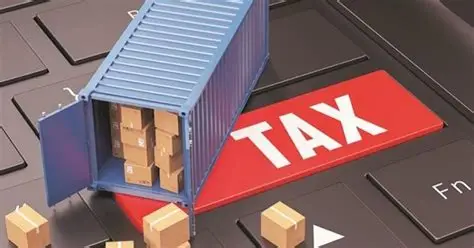Former United States President Joe Biden has successfully undergone surgery to remove a cancerous skin growth, his spokeswoman confirmed on Thursday. The 82-year-old, who left the White House in January, received Mohs surgery, a precise medical technique commonly used to treat skin cancers by removing thin layers of tissue until no malignant cells remain.
The announcement comes after weeks of speculation fueled by public sightings of Biden with a wound on the right side of his head. His office declined to provide details on his recovery timeline, though the procedure is widely regarded as safe and effective.
A History of Cancer Battles
Biden’s latest surgery marks only one chapter in a long battle with illness. In 2023, doctors removed a cancerous lesion from his chest during a routine checkup. Earlier this year, in May, he confirmed that he had been diagnosed with an aggressive prostate cancer that had spread to his bones.
“Cancer touches us all,” Biden said at the time, striking a personal note. “Like so many of you, Jill and I have learned that we are strongest in the broken places.”
Biden has also undergone treatment for several non-melanoma skin cancers over the years, a common condition often linked to prolonged sun exposure.
The fight against cancer has long been personal for the Bidens. In 2015, Biden’s eldest son, Beau Biden, the former Attorney General of Delaware, died at the age of 46 following a battle with brain cancer. That loss became a turning point for the former president, shaping his Cancer Moonshot initiative, which aims to accelerate research, expand access to treatment, and reduce cancer deaths.
Together with his wife, Jill Biden, he has consistently highlighted the need for federal investment and global cooperation in cancer research, making it a central theme of both his public service and private advocacy.
Presidential Health: A Historical Lens
The health of U.S. presidents has always been closely watched, often intertwining with political fortunes and public trust. In earlier eras, presidents sometimes concealed serious medical conditions.
- Franklin D. Roosevelt kept the extent of his paralysis from polio largely hidden from the public.
- John F. Kennedy lived with chronic back problems and Addison’s disease, both downplayed during his presidency.
- Ronald Reagan underwent surgery for colon cancer in 1985 while in office, a fact he disclosed openly to reassure the nation.
- George H.W. Bush was treated for Graves’ disease, while his wife Barbara also battled the condition simultaneously.
- Bill Clinton required heart surgery in 2004 after leaving office.
- Jimmy Carter, who turned 100 this year, was treated for melanoma that had spread to his brain and liver, later crediting immunotherapy for his survival.
In Biden’s case, the transparency of recent medical disclosures reflects a shift in modern politics, where public expectation demands openness about the health of national leaders.
What Is Mohs Surgery?
Mohs surgery, the procedure Biden underwent this week, is regarded as one of the most effective treatments for certain skin cancers, particularly basal cell carcinoma and squamous cell carcinoma. The surgery involves carefully removing tissue layer by layer, examining each under a microscope, and stopping only when no cancer cells remain.
The approach minimizes damage to surrounding healthy tissue and offers cure rates as high as 99 percent for some cancers. While recovery is usually swift, outcomes depend on the size and location of the tumor.
News of Biden’s surgery quickly drew global attention. Media outlets across Europe and Asia reported extensively on his health, underscoring the worldwide interest in the well-being of U.S. leaders even after they leave office.
In London, analysts noted parallels with debates over political leadership and aging in the UK. In Tokyo, commentators pointed to Biden’s role in shaping U.S.-Asia relations, suggesting that his health updates remain relevant to international diplomacy. Meanwhile, health experts in Canada and Australia used the announcement to highlight the importance of regular skin checks, especially in older adults.
Across social media, responses were mixed. Many expressed support and admiration for Biden’s resilience, while others reignited debates about age, leadership, and medical transparency in politics.
At 82, Biden continues to navigate health challenges in the public eye. Those close to him say his resilience remains intact, grounded in both personal faith and family support. His decades-long battle with cancer, combined with his family’s tragic history, has made him a prominent voice in the global conversation about one of humanity’s most relentless diseases.
Whether through his advocacy for cancer research or his own candid experiences, Biden’s journey echoes a larger truth about public life: personal struggles often become part of the national story.
